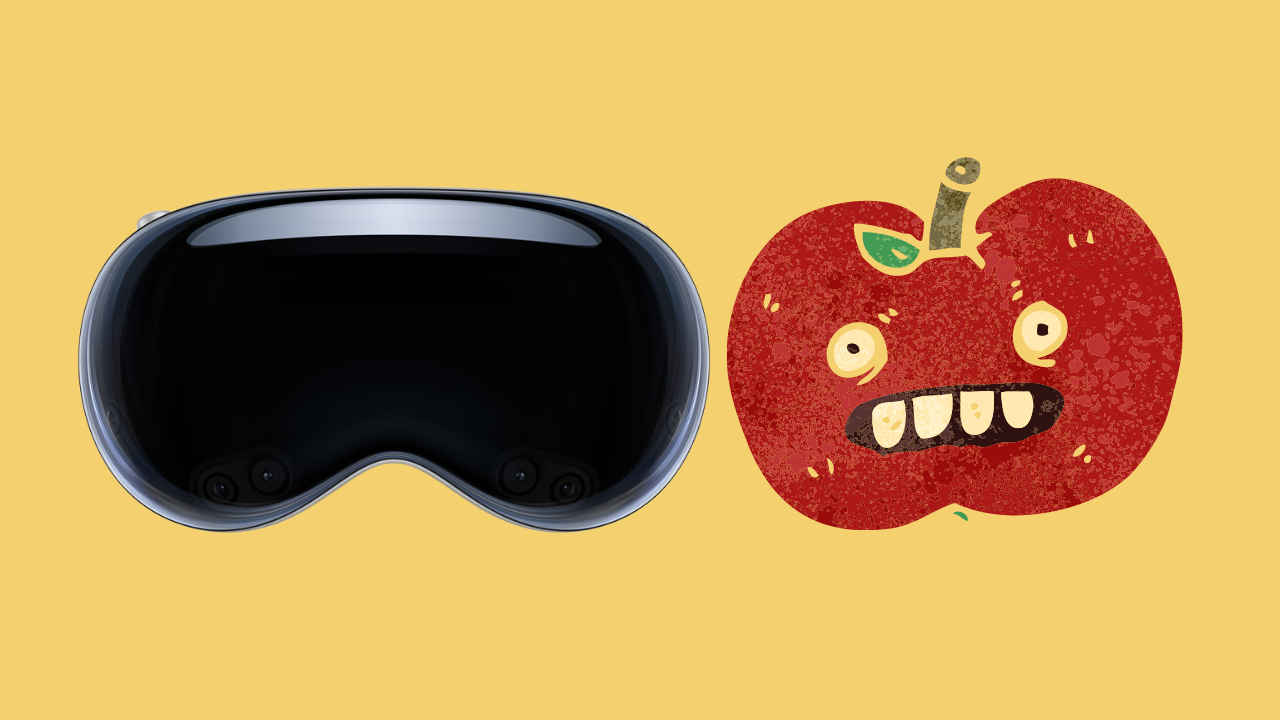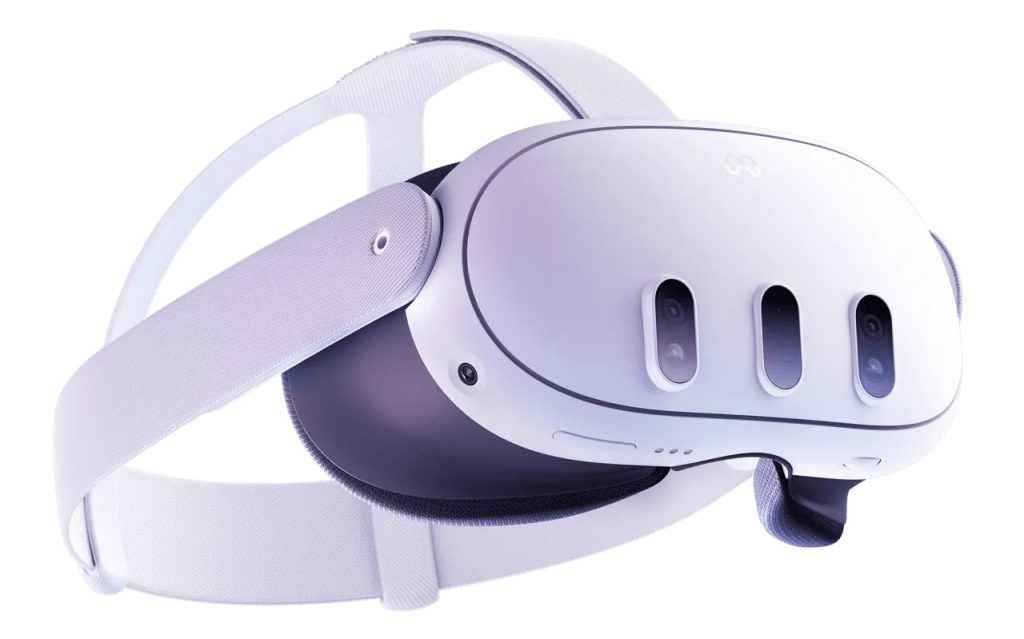A bad Apple?

I’ve been an iPhone user for the past 9 years, and I don’t see myself switching anytime soon. It’s not the hardware or the software; it’s the final user experience that keeps me hooked. iPhones are very restrictive (you know about the walled garden analogy), but what they do, they do well. I have a similar experience with the Apple iPad; I bought the very first-gen iPad and still have it in my collection, my daughter’s five-year-old iPad works like a charm and is as dependable as ever! Again, at the center of the iPad’s success is the rock-solid user experience.

The immensely anticipated Apple Vision Pro launched in the US markets at the beginning of February 2024, and while I haven’t used the Apple Vision Pro, the initial reports are disheartening, to say the least! As per the latest reports, Apple has already cut down Vision Pro production forecasts for 24-25.
The Apple Vision Pro is starting to look like there’s more wrong than right with the device, and that’s a shame. Many of the early adopters (and tech enthusiasts) who forked out $3500 on Apple’s spatial computing device are returning it to get their money back in their accounts, and this is probably the very first time that Apple is facing such high returns for a “revolutionary” product. The true acid test for any product is the initial response after it hits the market, in the hands of the target consumer, and the Apple Vision Pro seems to be struggling at it. What’s wrong with the Apple Vision Pro?
Also read: Our extended reality truly begins in 2024 with the Apple Vision Pro
In Apple’s own words, the Vision Pro is, and I quote, “A revolutionary spatial computer that transforms how people work, collaborate, connect, relive memories, and enjoy entertainment.” A spatial computing device that delivers powerful spatial experiences, unlocking new opportunities at work and home. Apple has aimed the Vision Pro at end-users and not developers or reserved for specific experiences. This device is supposed to replace your computer and bring in the era of spatial computing. It’s all good so far, and it gets better with the highest-resolution micro LED displays (which Apple seems to be struggling with on the supply side) and the high-speed (sensitivity) cameras that are so good at eye tracking. With so much groundbreaking tech combined with the super-polished Vision OS, what’s not to like? It is the user experience and the user comfort that didn’t make it to the checklist.
From friends and family in the US who have used the Vision Pro, the first few hours on the headset are exhilarating. It’s an experience like no other. But, once the excitement lowers, you start feeling the weight of the 600-gram gadget strapped to your head. You become conscious of the tethered 350g battery pack in your pocket. The weight and overall experience are unlike Apple products, and then the price tag does play on your mind. An Apple product that costs $3500 has to be comfortable to use and have compelling use cases to boot. The Apple magic that takes hardware out of the equation and puts the experience right in the center is missing and how! If it had to be tethered, Apple could have made the battery pack a bit heavier, put more hardware on the brick, and made the headset lighter for a more comfortable experience; Apple is very good at high-speed and high-data throughput proprietary connectors, and the brick could be a combination of compute and power source? Shaving off a lot of weight from the headset? Perhaps that is in the works? Given that the Apple Vision Pro is in its 1st generation and almost a beta product, it will evolve over time. Apple Vision Pro users are also reporting mysterious cracks appearing on the glass; there are quite a few threads on Reddit reporting the same. I am not sure how many would be happy ignoring it. Given the price point. Would you?

The $500 Meta Quest 3 suddenly looks a lot more appealing; the sales have spiked already post the Apple Vision Pro launch. It is more user-friendly, never mind the not-so-top-notch hardware. You can comfortably use it for a long duration; it has more apps and a robust open platform. It is focused on gaming and entertainment, so you keep your expectations limited, and is more of a cool gadget to own and have some fun with rather than unboxing the Apple Vision Pro with a tonne of expectations. I’ve used the Meta Quest 2 extensively and love it for what it does. It is also uncomfortable for long usage, but it’s not claiming (or aiming) to replace my computer! It does not need a tethered battery pack, and the total device weight with the battery is 515g vs 950g with the battery pack for the Vision Pro!
Also read: Samsung prepares to challenge Apple’s Vision Pro, latest patent filing reveals
With the Vision Pro, Apple went for top-notch hardware and superior spatial computing software; it just dropped the ball on the final user experience and more importantly user comfort. You don’t want to use uncomfortable products, that cost a lot, and are experimental when it comes to usage. Sure, spatial computing might have a large market in the future, but it can only work if the usage is comfortable while it opens up new user experiences and use cases.
Agree with this rant on the Vision Pro, coming from an otherwise satisfied Apple user? Write to me at soham@digit.in; I’d love to hear your thoughts and opinions, the more contrarian, the better!
This column was originally published in the March 2024 issue of Digit magazine. Subscribe now.
Soham Raninga
Soham Raninga is the Chief Editor for Digit.in. A proponent of performance > features. Soham's tryst with tech started way back in Dec 1997, when he almost destroyed his computer, trying to make the Quake II demo run at >30FPS View Full Profile




